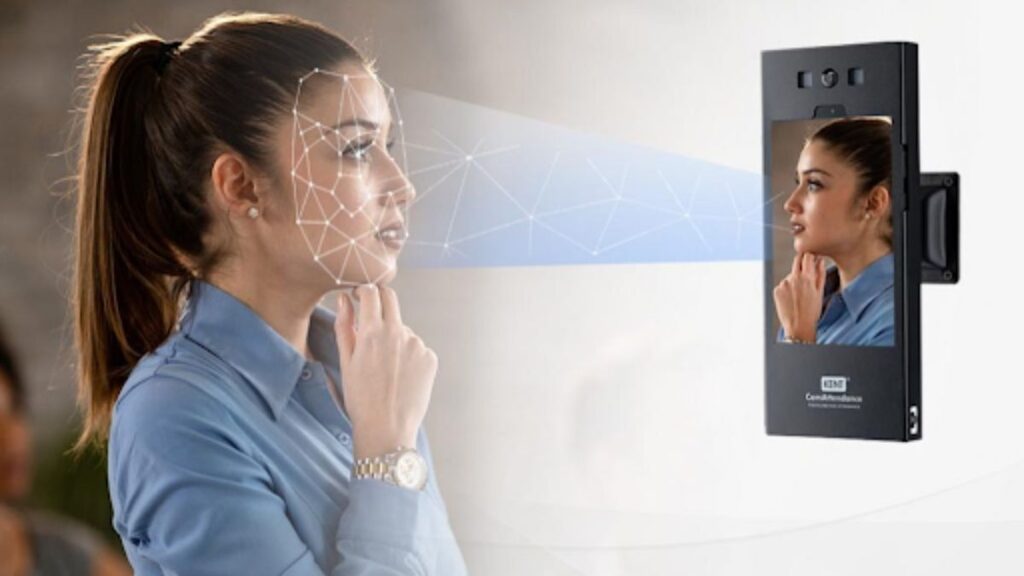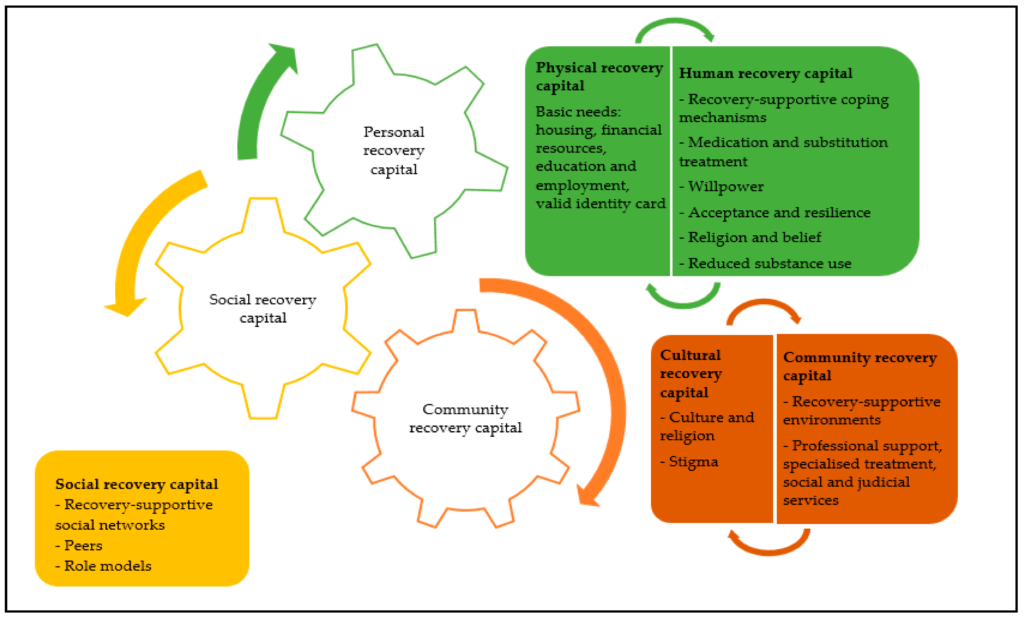To verify a person’s identity, Face Recognition Technology (FRT) compares a human face from a digital image or video frame to a database of faces. This technology is complicated, and only capable professionals can properly apply it without putting a business owner at undue risk.
FRT is swiftly taking center stage in a number of areas, including retail, healthcare, and education. The market for these solutions was estimated to be worth $5.5 billion in 2022 and is projected to grow to $24.3 billion. The rest of the world is catching up on face recognition technology, although the US and China are the countries with the largest adoption rates.
This technology belongs to the same class as tools for voice, fingerprint, and retinal recognition. Businesses and organizations may identify individuals in real-time feeds, videos, and photos by using computer vision. Our tutorial will go into excellent detail on the numerous advantages and dangers of face recognition technology.
Key Advantages of Technology for Face Recognition
Face recognition technology has affected a number of businesses, much like many other technologies that have gained traction in the last ten years. Although face recognition may appear to have few uses, businesses, and organizations can investigate its many benefits.
User Experience and Convenience
Face recognition is used to unlock a lot of smart devices. Face scans provide rapid access in a matter of seconds, unlike fingerprints, which can become smudged by shaking or moist hands. This eliminates the need to carry around keys and cards or remember complicated passwords. Additionally, it streamlines and increases the efficiency of the everyday routine.
Quicker Service
Numerous services are delivered more efficiently and automatically thanks to face recognition technology. This allows people to acquire what they want more quickly and significantly reduces waiting times. Retail, banking, and hospitality customers can be more easily identified with FRT. face recognition is used by airlines like United and Delta to authenticate travelers. Visit 1and1 Webmail for more information.
Enhanced Availability
This technology serves as an alternative to more widely used identifying techniques for people with physical limitations. Those with speech and movement impairments would particularly benefit from this. They can now access services and products that were previously inaccessible thanks to face recognition technology. Additionally, disabled people manage software programs with gestures and face motions.
Integration and Personalization
Businesses employ face recognition technology to provide a more effective and customized user experience. The ability of face recognition to be seamlessly incorporated into various platforms and systems is one of its key advantages. Because each industry finds unique uses for this technology, it is widely used in fields including healthcare, retail, banking, and law enforcement.
Social and Humanitarian Effects
There are numerous humanitarian uses for this technology. It assists in locating missing people and people in crisis zones. The technology can also make public areas safer and stop human trafficking. face recognition in the social sector facilitates the provision of public services and aids those in need. The New York police used face recognition to apprehend more than 4,000 people in 2021.
Face Recognition Technology’s Risks
Face verification has many advantages, but like any other contemporary technology, there are drawbacks to be aware of. If businesses and organizations want to successfully use these solutions, they need to be aware of the following key dangers:
Privacy Issues
One way to obtain biometric data is by using face recognition software. Software users may get concerned about privacy and information security as a result of this approach. Furthermore, this technology’s surveillance component jeopardizes individual liberties. Information about an individual’s associations, activities, and location can be obtained from the data collected by these apps.
Inaccuracy and Bias
Certain age groups, genders, races, and ethnicities may be disproportionately represented in face recognition software. Face recognition poses a serious risk of misidentifying members of particular groups, which could result in erroneous arrests or service denials.
Vulnerability of Data
Hackers are particularly interested in information obtained through FR solutions. If this data is not properly stored, it may be compromised and disclosed, which could result in abuse. Cyberstalking, identity theft, and blackmail are all examples of how malicious actors use stolen information. To lessen the chance of leaks, businesses should protect their data with the newest technologies.
Face spoofing and Impersonation
Despite having a 97–99% accuracy rate, face recognition technology is far from perfect. Masks, images, and videos that reveal an owner’s face can be used to fool solutions with these features into granting access to phones and accounts. Apps that teach users how to distinguish a real person from an image or a face mask mitigate this risk associated with face recognition.
In conclusion
Adopters of face recognition technology must be well aware of both the advantages and disadvantages of this technology in order to properly utilize it. Nonetheless, businesses and organizations can lessen the negative effects of new technology by implementing the proper security procedures and policies. In this manner, they will improve the user experience regardless of the purpose for which they want to utilize FRT.
Commonly Asked Questions
How precise is banking face recognition technology?
Over time, the accuracy of face recognition in banking has greatly increased. High accuracy levels, frequently exceeding 99%, are achievable with current systems. However, many variables, like image quality, lighting, and the complexity of the algorithms employed, might affect the accuracy.
Is it costly to create a banking app that uses face recognition?
The cost of creating a banking app with face recognition features varies based on a number of variables. These include whether the app is developed internally or by a third-party vendor, how complex it is, how well it integrates with current financial systems, and how good the face recognition technology is. In general, incorporating face recognition may require a substantial upfront cost, but the long-term advantages in terms of customer satisfaction and security frequently outweigh the cost.
How much time does it take to create a face recognition app?
The complexity of the app, the particular needs of the face recognition function, the team’s experience, and the resources available all affect how long it takes to develop an app with face recognition capabilities. It usually takes a few weeks to a few months to construct a simple app with face recognition capabilities. The development of more intricate applications with sophisticated features or close interfaces with current systems, however, could take longer. To guarantee the dependability and security of the face recognition feature, careful testing and quality assurance must be given top priority.









